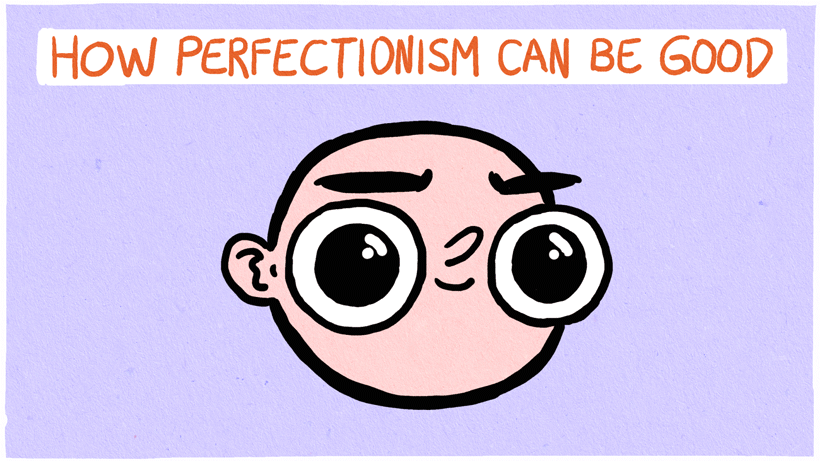
Table of Contents
Perfectionism can be good! But you need the right one, because there are two different types: Adaptive and Maladaptive Perfectionism. As an adaptive perfectionist (the better type of perfectionism), you have high-performance expectations but allow yourself small mistakes for the greater good. You have high standards and are more critical of your work to achieve good results. The best part about adaptive perfectionism is that creativity is maximized in people with moderately high levels of this type of perfectionism.
What is Maladaptive Perfectionism?
Maladaptive perfectionists (the type of perfectionism to avoid) are more likely to procrastinate because they try to avoid mistakes. They are more concerned about making mistakes and achieving high standards. They believe that they cannot make mistakes or do bad work because they want perfect results. As a result, maladaptive perfectionism hurts your performance!
You can have both types in different situations and to different degrees. The goal here is to try to use the adaptive one to your advantage and avoid the maladaptive one. I’ll show you four steps to move from maladaptive to adaptive perfectionism.
How to go from a Maladaptive to an Adaptive Perfectionism in 4 steps.
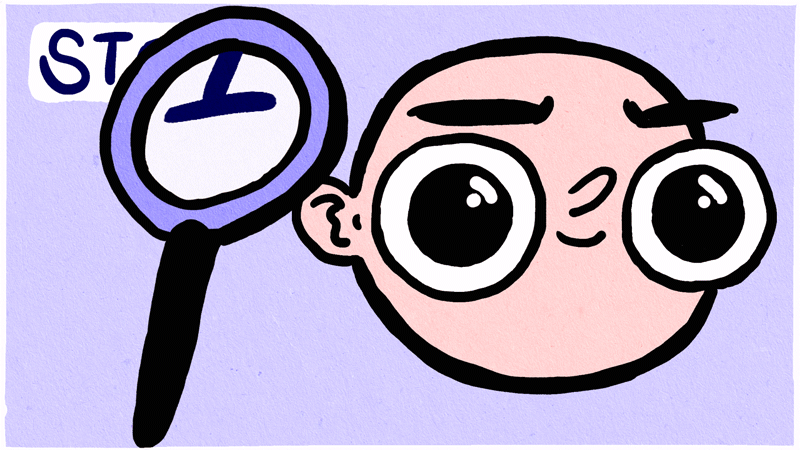
➡ Step 1: Identify your type of perfectionism and when it occurs
If you struggle with perfectionism, you probably already have the maladaptive type in the area where you experience this negative perfectionism. You probably wouldn’t consider it bad if it were the adaptive type. Try to find out why. Is there an area of your creative life where you allow yourself to make mistakes? If so, why? Find out where you struggle the most and where you want to be perfect but struggle less. The better you can identify your problems when they occur and how you have dealt with them in the past, the better you can change yourself.
Once you have done this, the next step is to try to change your maladaptive perfectionism into an adaptive one.
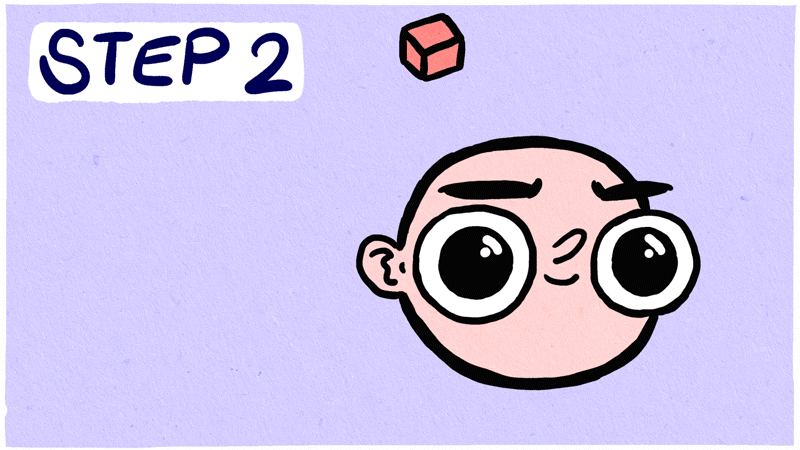
➡ Step 2: Be aware of the challenging process and obstacles.
Fixing perfectionism itself is difficult, if not impossible. However, we can change how we react to these stressful experiences to reduce the negative effects. To do this, we need to change the self-criticism in us. We must begin to allow ourselves to make mistakes.
There will be obstacles and setbacks in this process of change. If you have ever tried to change, you know this. A bad day, something not working, not seeing progress, and much more can set you back to zero. Try to visualize the risks that could come your way to free yourself from your bad perfectionism. Lie down, close your eyes, and imagine how you can (and probably will) fail. Figure out in your mind’s eye how you are going to get over those failures. If you do this, you will be ready when the negative environment tries to stop you in the future!
To allow mistakes and to get better over obstacles and setbacks, we also need to change our mindset. It is not easy and it takes time, but it works. So be aware of the challenging process that awaits you.
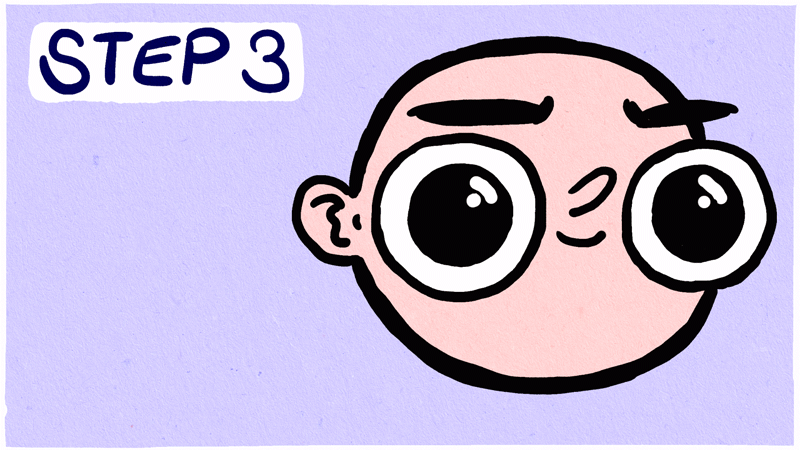
➡ Step 3: Change your mindset.
There is a fixed mindset and a growth mindset. A fixed mindset is the belief that you can’t change. A growth mindset is the belief that skills are qualities that can be developed. A person with a growth mindset is allowed to make mistakes in order to get better.
Position yourself in a growth mindset. Just knowing that it exists will get you there. Then allow yourself to go out and fail. Try it actively. Do something where you have a bad case of maladaptive perfectionism and just make mistakes. Learn it, train your mindset. Figure out what you can learn from the mistakes you make. How can you improve? Remember that every mistake you make will make you much better than not making any mistakes at all.
Know that you can change this mindset and always remember this when you have problems with your perfectionism.
More about mindset in this “Change Your Mindset” post.

➡ Step 4: Set a goal and see the benefits.
It would help if you had clear goals with a detailed plan of how you want to change. Write it down and put it where you can see it. Write down your “Why“! Why do you want to change? If you change, what will be better? Visualize how you will succeed and what benefits you will have. Imagine this just like the bad things from step 2. How will you feel if you succeed? What does it look like? Do this regularly and it will motivate you to change for the better.
If you don’t write your goals down, you’ll either forget them or not take them seriously. So don’t skip this step! It’s one of the easiest things to do and won’t take much time, although it has a big impact.
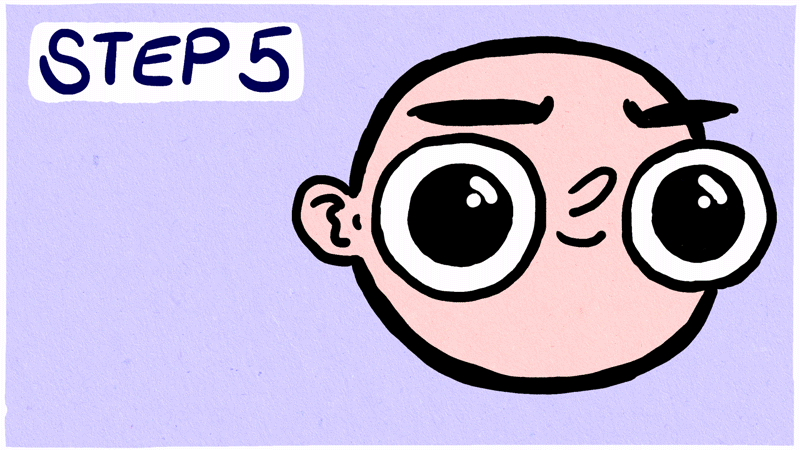
➡ Step 5: Build a habit!
This one right here is the cauldron of the whole process. The most important step! If you don’t cook this stuff every day, nothing will happen. Building habits is such a good way to change yourself. Yes, the process is long and it will take time. But you are getting older anyway. So why not change while you are on the road? To build a habit we use the way Charles Duhigg writes in his book “The Power of Habit“. A habit is made up of these three things: Cue ➡ Routine ➡ Reward. We break them down in our case of perfectionism.
Cue
The cue is when your perfectionism kicks in and prevents you from being productive. You don’t have to do anything if it’s adaptive perfectionism. Remember, this is the good kind! Just let it be. If you just can’t work, then it’s the bad kind of perfectionism, and we’ll use that as a cue for our new habit. So try to find those cues when your bad perfectionism strikes.
Routine
Usually, your routine was different. You gave up or got emotional about your creative work. Now we use what we learned in the previous steps: Why did maladaptive perfectionism strike you? Why isn’t it the adaptive kind? Can I change this? Did I make a mistake? Can I learn from it? Tell yourself that the way you feel right now is okay. That what you are doing is good. It doesn’t have to be perfect. Small mistakes are OK to get good results! This is where the growth mindset we talked about in Step 3 comes in!
Reward
The reward will be that you will feel better. That you can finish your work, even if you feel like you couldn’t finish it. Maybe you reward yourself with the feeling that you have overcome your maladaptive perfectionism and replaced it with an adaptive one. You can even experiment with other rewards, like taking a break or getting a nice cup of coffee or tea. See what works best for you.
Something more: Craving
There is also the craving that drives the habit. You will crave the rewards, and therefore you will do the habit automatically. So if you reward yourself with good things (like feeling better), then you will use that habit without hesitation when maladaptive perfectionism strikes!
Conclusion
If you use these steps, there is a chance that you will find a way out of the deep hole of maladaptive perfectionism. But remember, this is going to take a long time to fix. If you’re afraid it’s going to take too long, here’s a tip: It is always going to take a long time. There is no way around it. No shortcuts. That’s why it’s important to start NOW!
Sources
Wigert, B., Reiter-Palmon, R., Kaufman, J. C., & Silvia, P. J. (2012). Perfectionism: The good, the bad, and the creative. Journal of Research in Personality, 46(6), 775–779. https://doi.org/10.1016/j.jrp.2012.08.007
Yeager, D. S., & Dweck, C. S. (2012). Mindsets That Promote Resilience: When Students Believe That Personal Characteristics Can Be Developed. Educational Psychologist, 47(4), 302–314. https://doi.org/10.1080/00461520.2012.722805
Duhigg, C. (2012). The Power of Habit: Why We Do What We Do in Life and Business (1 edition). Random House.